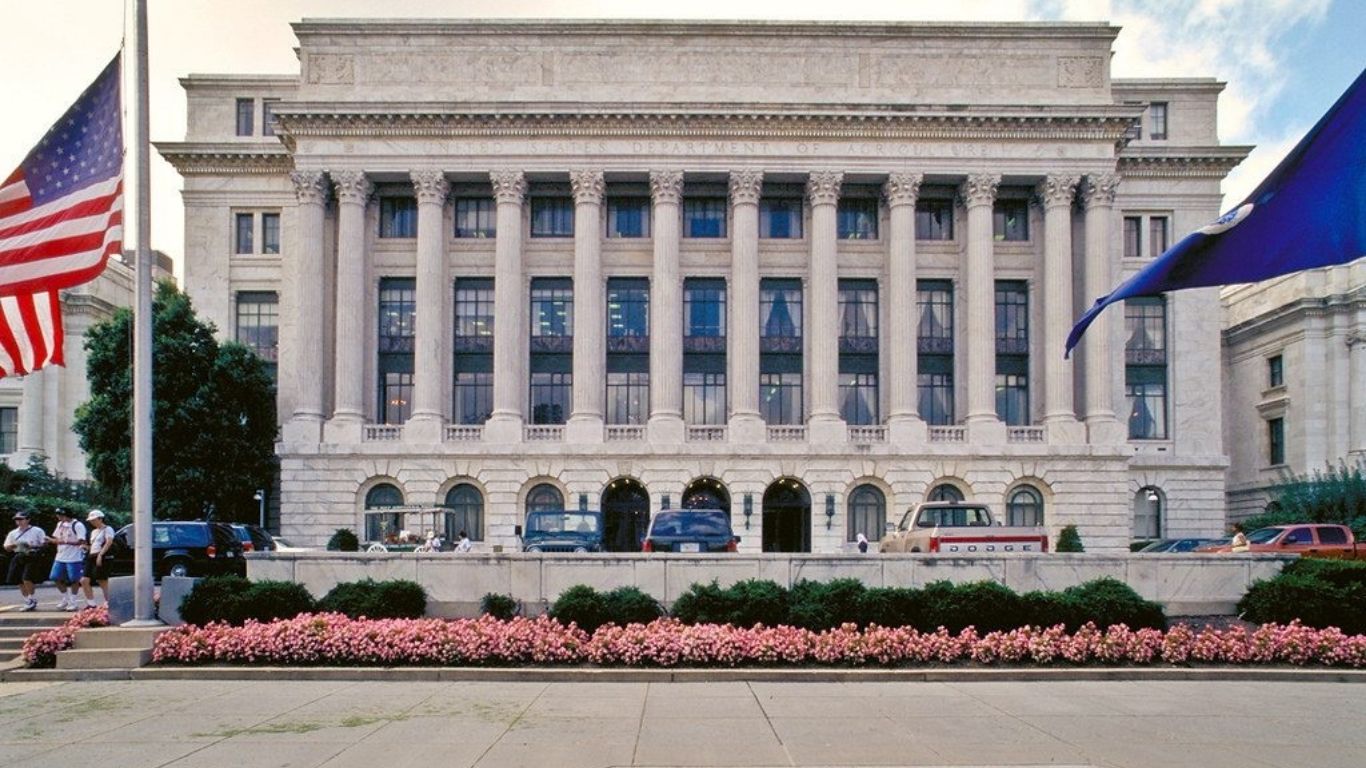Following Donald Trump’s 2016 presidential victory, a revealing poll found that 70 percent of his supporters believed America worsened after the 1950s. The *New York Times* attributed it to nostalgia for the decade’s strict social hierarchies—even reflected in the patriarchal Leave It to Beaver’s Cleaver family, where a life of pearls and pot roast awaited the homecoming of Ward Cleaver, and racial minorities were relegated to the peripheries. That portrayal, however, overstates a more complicated picture. As Meagan Day explains in the spring 2025 issue of *Jacobin*, that first “Progress” theme issue, it is not chauvinistic cultural attitudes so frequently attributed to those 1950s that Americans nostalgic for the decade crave, but economic equality and social solidarity that stemmed from the robust power of workers and progressive policy. If the left is to resist the seductive appeal of conservative nostalgia, they must claim that narrative back, making the case that the era’s balance was maintained by economic fairness, not strict social hierarchies.
The Myth of Cultural Nostalgia of Conservatives
The 1950s hold a firm place in the American psyche. Conservatives in particular see the decade as a golden era of “traditional values,” characterized by nuclear families, low crime and strict morality. A recent survey confirms, with conservatives voting the 1950s the decade of strongest families, lowest crime, best morals. Liberals criticize the decade’s social strictures, but credit its unparalleled sense of community, with neighborhood camaraderie and social trust at a high. So why the nostalgia? A yearning for patriarchal authority and racial uniformity, which conservatives will no doubt assert, or a larger, more universal appeal?
Conservatives argue that 1950s social hierarchies—even on the grounds of traditional gender roles and cultural conservatism—created a united, ordered society. Conservatives hold that rejection of those norms has brought social decay, pointing to trends in descending group memberships, declining social trust, and the ideal of neighbor familiarity that’s been lost. As a fact, social trust has halved since the 1950s, with just a bit over 38 percent of Americans now stating that most folks can be trusted, down from 77 percent from 1957 to 1964. That decay of unity fuels calls by conservatives to reboot “natural” hierarchies, e.g., recent upticks in public support of traditional relationships between genders, i.e., that women go back home and to family life.
But this record has the explanation of mid-century stability backward. The social solidarity of the 1950s, according to Day, was a function of unmatched economic equality and workers’ power, not racial or patriarchal domination. The absence of a coherent progressive explanation has left a void that has been filled by outmoded explanations of the Right and now threatens to drag society back instead of recovering the prosperity of the past.
The Great Compression: Worker Power and Economic Equality
The 1950s and early 1960s, often referred to as the “Great Compression,” were decades of historically low income inequality, peak unionization rates, and robust real wages. It was a time of highest progressive taxation, most regulation of industry, and highest public spending in the United States. These policies, based on the 1930s labor organizing, the economic reforms of the New Deal, and the post World War II economic boom, created conditions where workers enjoyed considerable bargaining power. Private sector unionization peaked at 35 percent of the work force by the mid-1950s, and wages in manufacturing rose at a 3.4 percent annual rate from 1948 to 1959—the highest sustained gain in wages in modern American history except in times of war.
Economic equality had profound social effects. Reduced inequality reduced competition around means, created stability, trust, and a sense of shared identity. As Robert Putnam and Shaylyn Romney Garrett document in *The Upswing*, the 1950s were the peak of America’s “big we” of social cohesion and civic engagement. Americans became church-goers, union members, civic group members, and neighborhood association members at record levels, producing a rich civic life. Putnam’s earlier book, *Bowling Alone*, describes the collapse of these institutions, and how mid-century’s mass engagement led to today’s divided, individualistic society.
Economic prosperity of the time wasn’t limited to white men, although institutional barriers like Jim Crow and gender mores limited its universality. Blacks, in spite of egregious discrimination, benefited from equalization of earnings of the time. The earnings disparity between blacks and whites decreased significantly in the 1950s and 1960s, fueled by migration to better-paying jobs and across-the-board economic improvement. Similarly, most women, confined to domicile life, enjoyed relatively affluent levels of living through husbands’ family-supporting wages. These situations were tenuous. As historian Stephanie Coontz has characterized it, the 1950’s system of the male breadwinner “was built to self-destruct,” because women’s economic dependency and strict gender roles fueled the feminisms of the 1960s, formalized in Betty Friedan’s *The Feminine Mystique*.
The Neoliberal Shift and the Breakdown of Solidarity
The economic basis of mid-century solidarity also first began to unravel in the 1970s through the emergence of neoliberalism. Its policies of deregulation, broken unions, and tax relief to the wealthy eroded the material underpinnings of social solidarity and belonging. As wages plateaued and inequality soared, the perception of shared endeavor dissipated. The economic restructuring was also accompanied by vast social upheavals like the civil rights movement and the women’s liberation movement, and social conservatives illegitimately attributed these progressive gains to social decay. For them, social transformation disrupted a “natural” order that brought economic insecurity and social disorder.
In practice, the allegiance is far more conditional. The Democratic Party, author of the New Deal and champion of the unions, shed its economic plank back in the 1970s, embracing neoliberalism and social justice politics to hold on to progressive legitimacy. bereft of a ground in shared plenty, those politics became increasingly tribalistic, a consequence of the fragmentation of modern social life. Liberals’ failure to speak in the vocabulary of class has left them with no plausible answer to the politics of lost greatness that have been claimed by the Right. By rejecting nostalgia for the 1950s as retro and declining to see social breakdown, the left runs the risk of driving those who feel the breakdown of community and security into the arms of reaction.
Taking back the story of a progressive future Tens of millions of Americans feel that life once had something of human happiness that it no longer has—trust, community, and economic security. Progressives must take seriously this perception of loss and give a causal explanation that distinguishes cause from consequence. The social solidarity of the 1950s was produced by economic equality driven by robust unions, solid wages, and public investment—and not by patriarchal and racial hierarchies. Neoliberalism, not social advancement, dissolved America’s social fabric by eroding the material bases on which solidarity was built. In order to counter conservative wistfulness, progressive vision must reconcile the best of the past and the social gains of today. That entails calls to re-establish economic security–larger unions, progressive taxation, and large-scale public spending–and to keep and expand civil rights and women’s equality. A high-wage, equalitarian economy could allow women and men to work reduced hours, share domestic duties, and not sacrifice economic security. That future could recapture the trust and conviviality of the mid-century without restoring its politically regressive cultural assumptions. If the left does not tell that story, conservatives will just keep relying on nostalgia, defining social advancement as the enemy of stability. Without a narrative, Day warns, “people will keep thinking the way to take back things that we’ve lost is to recover that which must stay buried.” By defining economic equality as the actual driver of mid-century flourishing, the left can map a path from current social advancement and past security and cohesion to build a world where trust, community, and fairness thrive for all.



